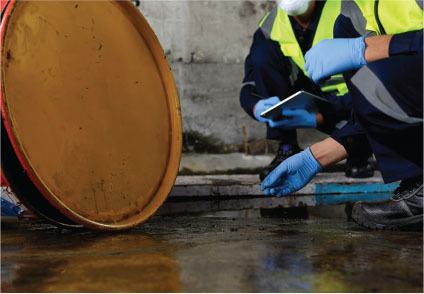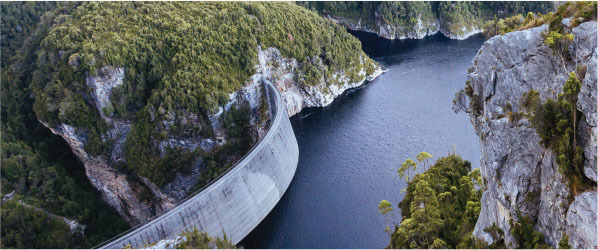May/June 2020
On Ethics: You Be the Judge
Upon Further Review
Situation
Franklin Feuer is a professional engineer with significant expertise in fire protection engineering. Recently, Feuer was contacted by a fire sprinkler contractor and asked to review, sign, and seal a proposed layout design document, in order for the document to be submitted to the local code official for review and approval. The document was developed solely by the fire sprinkler contractor without the involvement of a professional engineer. Under state law, fire sprinkler design documents must be prepared by or under the responsible charge of a licensed professional engineer. Feuer has significant experience preparing detailed fire sprinkler layout drawings and performing hydraulic calculations and fluid delivery time calculations as required by National Fire Protection Association standards.
What Do You Think?
What are Feuer’s ethical responsibilities under the circumstances?
What the Board of Ethical Review Said
The ethical responsibility to meet the required standards in signing and sealing engineering documents is among the most fundamental responsibilities of a professional engineer. The act of signing and sealing engineering documents signifies that (1) the work was prepared by the professional engineer or under the professional engineer’s direct control or personal supervision; (2) the signing and sealing professional engineer is of the opinion that the documents meet usual and customary engineering standards of practice; and (3) the documents are appropriate for review and approval by the appropriate code enforcement official.
The Board of Ethical Review has previously considered cases focused on the role of the professional engineer in the signing and sealing of work. In one case (86-2), an engineer sealed plans prepared by nonlicensed graduate engineers under the engineer’s supervision. Because of the organization’s size and the large number of projects, the engineer found it impossible to give a detailed review or check of the designs. He believed he was acting ethically and legally in not doing so because he was confident in the ability of the engineers he had hired and who were working under his general direction and supervision.
The board—referring to the definitions of “direction” and “control”—determined that it was unethical for the engineer to seal plans that he had not prepared, or reviewed and checked in detail.
The Board addressed similar circumstances involving signing and sealing in cases 91-8 and 90-6.
In the present case, based on the language in the NSPE Code of Ethics and the earlier Board of Ethical Review opinions, it is clear that Engineer A had an ethical obligation to fully understand the code requirements as well as the state engineering licensure law regarding the signing and sealing of the fire sprinkler layout design documents in the applicable jurisdiction. To this end, it is important to emphasize that, over the years, this area of professional practice has raised various issues regarding the role of fire sprinkler contractors, engineering technicians, and professional engineers in the preparation and submission of fire sprinkler design documents. Because of the many and varied health, safety, and welfare considerations involved, it is generally agreed that the professional engineer should initiate the design process, taking into account an evaluation of the broad range of hazard protection methods required to develop a workable, integrated solution to address fire safety concerns and then move forward in preparing design documents for the fire protection system. Following this process, a fire protection contractor and its competent engineering technicians should perform system layout, prepare shop drawings, and develop material submittals, all in accordance with the professional engineer’s design, and support the installation of fire protection systems under the professional engineer’s direction.
Conclusion
Feuer should decline to review, sign, and seal the fire sprinkler contractor’s proposed layout design documents developed solely by the fire sprinkler contractor. Instead, Feuer should propose that he initiate the design process, taking into account an evaluation of the broad range of hazards and protection schemes required to develop a workable, integrated solution to address fire safety concerns, and then move forward in preparing design documents for the fire protection system. Following this process, the fire sprinkler contractor and its competent engineering technicians should perform system layout, prepare shop drawings, and develop material submittals, all in accordance with the professional engineer’s design, and support the installation of fire protection systems under the direction of the professional engineer.
NSPE Code References: I.2., II.2., II.2.a., II.2.b., and II.2.c.
For more information, see Case No. 16-2.


 Volunteering at NSPE is a great opportunity to grow your professional network and connect with other leaders in the field.
Volunteering at NSPE is a great opportunity to grow your professional network and connect with other leaders in the field. The National Society of Professional Engineers (NSPE) encourages you to explore the resources to cast your vote on election day:
The National Society of Professional Engineers (NSPE) encourages you to explore the resources to cast your vote on election day:


